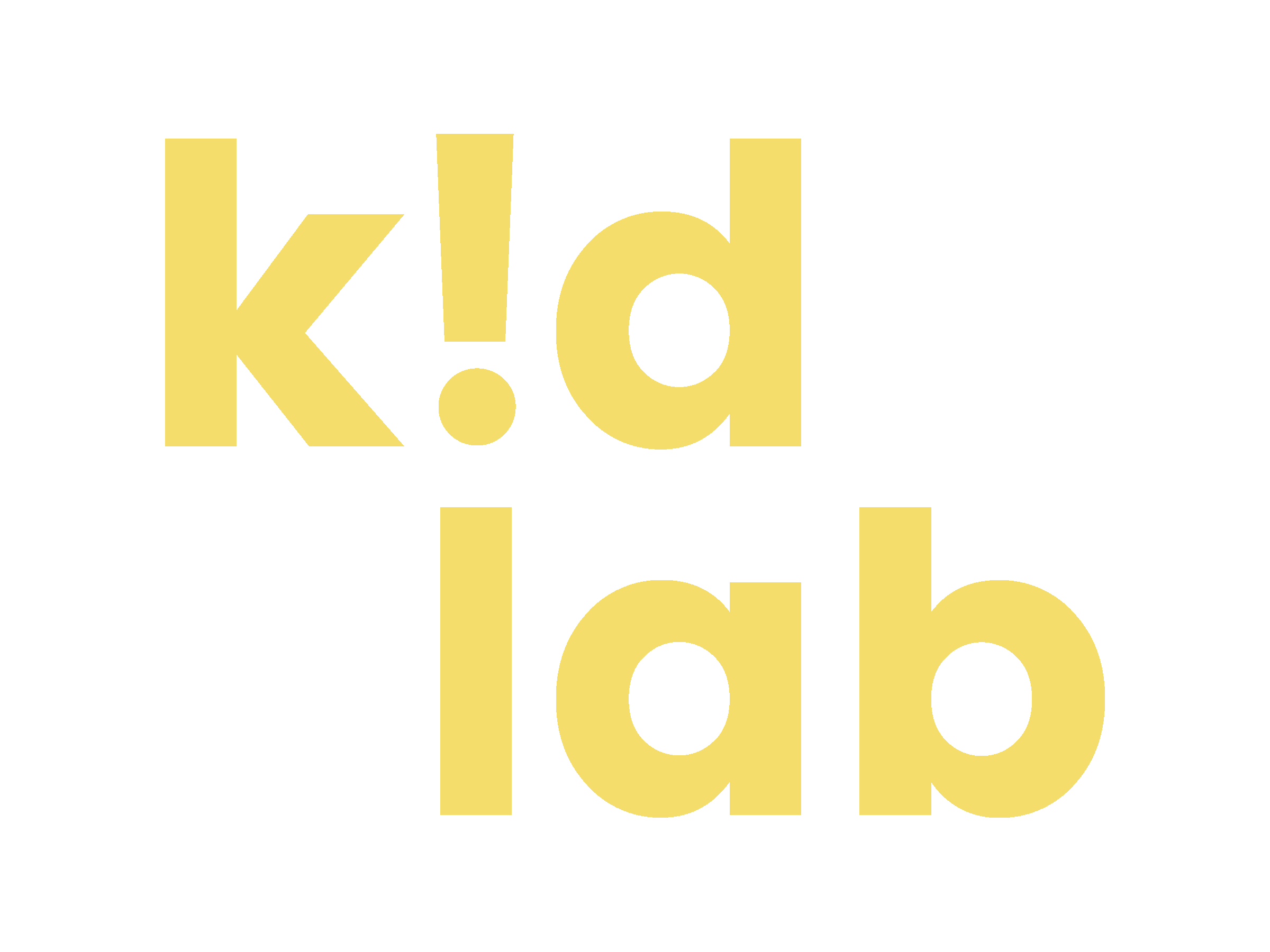How Cities Are Made
+
DIY City Playmap
Learning Extension Ideas
Preschool (ages 2-4)
Go on a drive around the city you live in or are closest to. Talk about the things you notice: buildings, street signs, cars, etc. Describe the sounds, smells, sights.
Purchase City Blocks to:
Create a replica of a city. Or design a dream town of your own.
Create multiple pathways through your built city. Ask your child to determine the way from one end to the other that is the: fastest, slowest, most windy, most straight, etc.
If you created a replica playmap of a city you know well, begin to show your child where some of your favorite places are on the map (your house, the library, favorite ice cream shop, etc).
House connect-the-dots activity page
Home / city map play dough mats
For more ideas search #kidlabmaps on Instagram
Elementary (ages 5-10)
SCIENCE
Locate your the city you live in or closest to on Google Earth or Google Maps. View from multiple perspectives - satellite, street view, with / without labels, etc. What are some things you notice about the way your city is designed? What do you like about it? Would you design it differently?
TECHNOLOGY + ENGINEERING
In the video, Shannon talked about the Industrial Revolution. List some inventions and new technologies that came about during the Industrial Revolution. Can you think of drawbacks to any of these?
Choose one of the following big-city problems to design some solutions for. As you brainstorm, consider real-world scenarios and try to think creatively about what could be done to help solve the problem.
Air and water pollution
Traffic and / or not enough parking
Not enough affordable housing
Not enough park / green space inside city limits
MATH
Look at a map of your city that includes a scale. Using the scale, determine the distance between the eastern and western most points of the city limits. See what else you can measure. (Ex. your house to the library, dad’s work to the train station). Record your answers and compare to the odometer readings next time you’re in the car driving!
For additional mapping resources, we recommend National Geographic’s Map Skills

